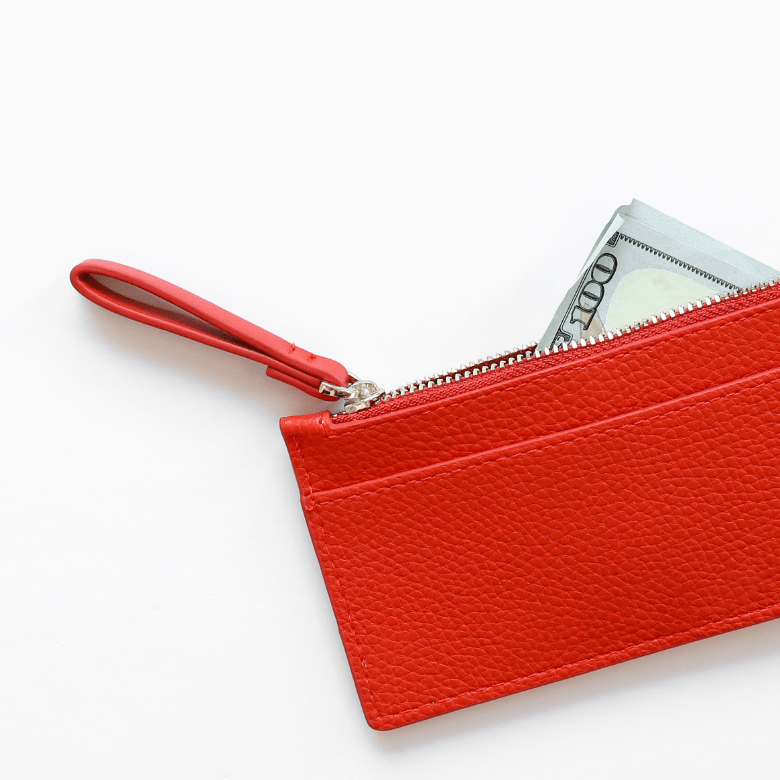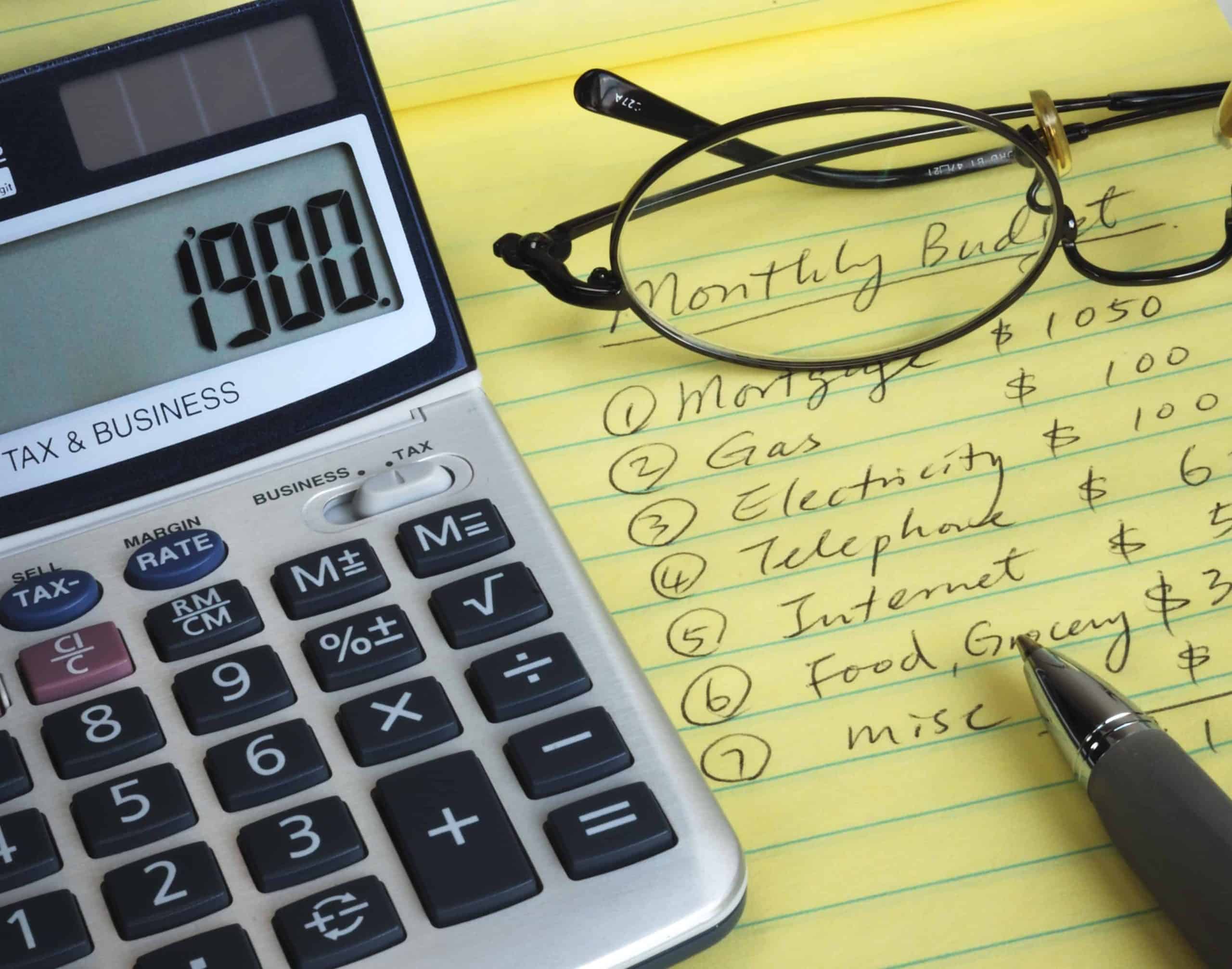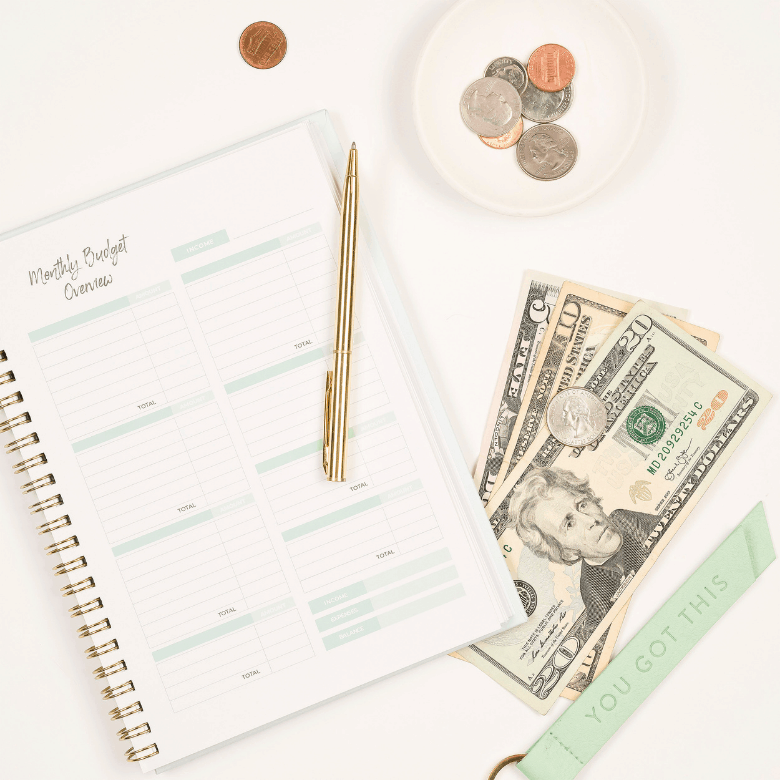Free Printable Budget Planner: Get Your Finances in Order
Are you struggling to keep track of your expenses and stick to a budget? Do you find yourself constantly overspending and falling deeper into debt? If so, a free printable budget planner may be just what you need. With a budget planner, you can easily track your income, expenses, and savings, and make adjustments as needed to stay on track.
A budget planner is a simple yet powerful tool that can help you take control of your finances and track how much money you’re spending. With a free printable budget planner, you can easily create a budget that works for you and your family on a monthly basis. Whether you’re trying to save money for a big purchase, pay off debt, or simply live within your means, a budget planner can help you achieve your financial goals. With a variety of templates available online, you can choose the one that best fits your needs and start budgeting today.
By using a budget planner, you can gain a better understanding of your spending habits and identify areas where you can cut back. You can also set financial goals and track your progress over time. With a little discipline and dedication, you can take control of your finances and achieve financial freedom. So why not give a free printable budget planner a try today and see how it can transform your financial life?
Understanding Your Financial Situation
If you’re looking to improve your financial situation, starting with a budget is a great first step. But before you can create a budget, you need to understand your current financial situation. This means assessing your income and expenses, setting financial goals, and tracking and reducing your debt.
Assessing Income and Expenses
The first step in understanding your financial situation is to assess your income and expenses. This includes looking at your monthly bills, bank statements, and other sources of income. Make a list of all your monthly expenses and categorize them into fixed and variable expenses. Fixed expenses are those that are the same every month, such as rent or mortgage payments, while variable expenses can fluctuate from month to month, such as groceries or entertainment.
Once you’ve categorized your expenses, it’s time to look at your income. Make a list of all your sources of income, including your monthly income and any additional income you receive. This could include a side hustle, rental income, or investment income.
Setting Financial Goals
The next step in understanding your financial situation is to set financial goals. This could include saving for a down payment on a house, paying off debt, or building an emergency fund. When setting financial goals, it’s important to make them specific, measurable, achievable, relevant, and time-bound (SMART). This will help you stay on track and measure your progress along the way.
Tracking and Reducing Debt
Finally, it’s important to track and reduce your debt. Don’t worry – creating a debt tracker is easy. Start by making a list of all your debts, including credit card debt, student loans, and car loans. Then, prioritize your debts based on interest rates and pay off the debt with the highest interest rate first. Consider consolidating your debt or negotiating with creditors to reduce your interest rates and monthly payments.
Choose an extra amount of money to put towards debt each month to pay it off faster. The debt avalanche and debt snowball method are popular strategies to help you pay off debt.
Choosing the Right Budget Planner
If you’re looking for a way to manage your finances, a budget planner can be a great tool. However, with so many options available, it can be difficult to choose the right one. Here are some things to consider when choosing a budget planner that works for you.
Printable vs. Digital Planners
One of the first decisions you’ll need to make is whether to use a printable or digital budget planner. Printable planners like this free printable budget binder can be downloaded and printed at home, while digital planners can be accessed through smartphone apps or online spreadsheets like Excel or Google Sheets. Printable planners can be more personalized and can be easily customized, while digital planners offer the convenience of being accessible anywhere, anytime.
Budget Planner Features
When choosing a budget planner, consider the features that are most important to you. Some budget planners come with pre-set categories, while others allow you to create your own. Some planners come with built-in calculators, while others require you to do the math yourself. Think about what features you need and what will work best for your budgeting style.
Customizing Your Budget Planner
No matter what type of budget planner you choose, it’s important to customize it to fit your needs. This might mean adding or removing categories, changing the layout, or adjusting the colors. Personalizing your budget planner can make it more enjoyable to use and can help you stay motivated to stick to your budget.
We created this free printable budget planner that you can customize to fit your needs.
Creating Your Budget
Are you struggling to keep track of your expenses and save money? Creating a budget can help you take control of your finances and achieve your savings goals. Here are some steps to help you create a monthly budget that works for you.
Income Allocation
The first step in creating a budget is to determine your monthly income. This includes your paycheck, any side hustles, and any other sources of income. Open your bank account and determine how much money that was deposited into your account in the last 1-3 months. Once you have your total income, you need to allocate it to your expenses and savings goals.
A good rule of thumb is to allocate 50% of your income to your essential expenses, such as rent, utilities, and groceries. Another 30% should be allocated to discretionary expenses, such as entertainment and dining out. The remaining 20% should be allocated to savings goals.
Categorizing Expenses
To create a budget, you need to categorize your expenses. This will help you identify areas where you can cut back and save money. Some common budget categories include housing, transportation, food, entertainment, and personal care.
Once you have your categories, you can start tracking your expenses. You can use a spreadsheet or a budgeting app to keep track of your spending. Some people only review their expenses at the end of the month. However, you should review your expenses regularly to ensure you are staying on track.
Implementing a Savings Plan
Saving money is an important part of any budget. To implement a savings plan, you need to set specific savings goals. For example, you may want to save for a down payment on a house or a vacation.
Once you have your savings goals, you need to determine how much you need to save each month. You can then create a separate savings category in your budget and allocate a portion of your income to it each month. Many savings accounts allow you to distribute money into specific buckets based on your personal savings goals. I like to use Ally and Marcus Savings.
Budgeting Methods Explored
When it comes to budgeting, there are several methods that you can use to help you stay on track. In this section, we’ll explore three popular budgeting systems: Zero-Based Budgeting, The 50/30/20 Rule, and the Envelope System.
Zero-Based Budgeting
Zero-based budgeting is a budgeting method where you start with zero dollars and allocate your income to various categories until you have nothing left. This method is great for people who want more control over their spending and want to ensure that every dollar is accounted for.
To create a Zero-Based Budget, you’ll need to track your income and expenses for a month, and then create a budget based on your average income. Once you have your budget, you’ll allocate your income to various categories, such as housing, transportation, and food. You’ll continue to adjust your budget until you have no money left to allocate.
The 50/30/20 Rule
The 50/30/20 Rule is a budgeting method that suggests you allocate your income into three categories: 50% for needs, 30% for wants, and 20% for savings and debt repayment. This method is great for people who want a simple budgeting system that doesn’t require a lot of tracking.
To create a budget using the 50/30/20 Rule, you’ll need to calculate your after-tax income and allocate it to the three categories. The needs category should include things like rent, utilities, and groceries. Your wants category should include things like dining out, entertainment, and travel. And the savings and debt repayment category should include things like emergency savings, retirement savings, and debt repayment.
Envelope System
The Envelope System is a budgeting method where you allocate your income into various envelopes, each representing a different category. This method is great for people who want a tangible way to track their spending and want to avoid overspending.
To create a budget using the Envelope System, you’ll need to determine your categories, such as groceries, entertainment, and transportation. Then, you’ll allocate a certain amount of cash to each envelope at the beginning of the month. Once the money in an envelope is gone, you can’t spend any more in that category until the next month.
Monthly and Annual Budget Templates
Creating a budget is an important step towards financial stability. With so many expenses to keep track of, it can be difficult to stay organized without a proper budgeting plan. Fortunately, there are many free printable budget templates available that can help you manage your finances with ease.
Family Budget Planning
A family budget planner is an excellent tool for keeping track of monthly expenses. By creating a budget plan, you can ensure that you are not overspending in any particular category. A family budget template can include categories such as housing, transportation, food, and entertainment. By tracking your expenses, you can identify areas where you can cut back on spending and save money.
Personal Budget Templates
A personal budget template is a great way to keep track of your monthly expenses. You can use a personal budget planner to monitor your income and expenses and identify areas where you can cut back on spending. Some personal budget templates for personal use may include categories such as groceries, utilities, and transportation. By tracking your expenses, you can make informed decisions about your spending habits and work towards your financial goals.
Business Budgeting
If you own a business, creating a budget plan is essential for financial success. A business budget template can help you keep track of your income and expenses, and identify areas where you can cut back on spending. Some business budget templates may include categories such as payroll, marketing, and supplies. By tracking your expenses, you can make informed decisions about your business finances and work towards your financial goals.
Tools and Resources for Effective Budgeting
If you’re looking to take control of your finances, creating a budget is a great way to start. But where do you begin? Thankfully, there are a variety of tools and resources available to help you create an effective budget and stick to your specific goals. Don’t forget to check out these free printable budget worksheets.
Expense Tracker Apps
One of the easiest ways to track your expenses is by using an expense tracker app. These apps allow you to input your income and expenses, and they’ll provide you with a breakdown of where your money is going. Some popular expense tracker apps include Mint, PocketGuard, and Wally.
Bill Tracker and Payment Schedules
Keeping track of your bills and payment schedules can be challenging, but it’s an essential part of effective budgeting. You can use a bill tracker to help you stay on top of your bills and avoid late fees. Some apps, like BillTracker and Prism, even allow you to pay your bills directly through the app.
Financial Calculators and Software
If you’re looking for a more comprehensive budgeting solution, financial calculators and software can be a great option. Microsoft Excel is a popular choice for creating budgets, as it allows you to create custom spreadsheets and track your expenses over time. You can also use budgeting software like YNAB (You Need A Budget) or Empower (previously Personal Capital) to track your spending and plan for your financial future.







